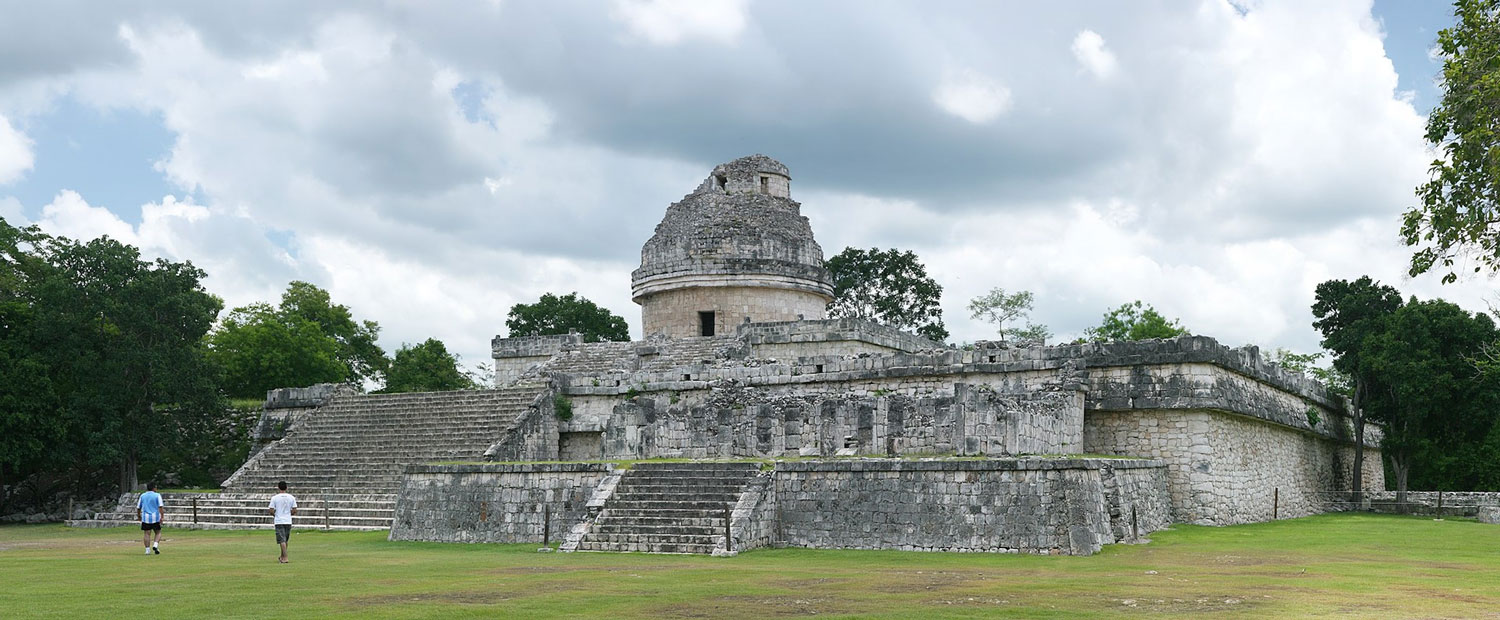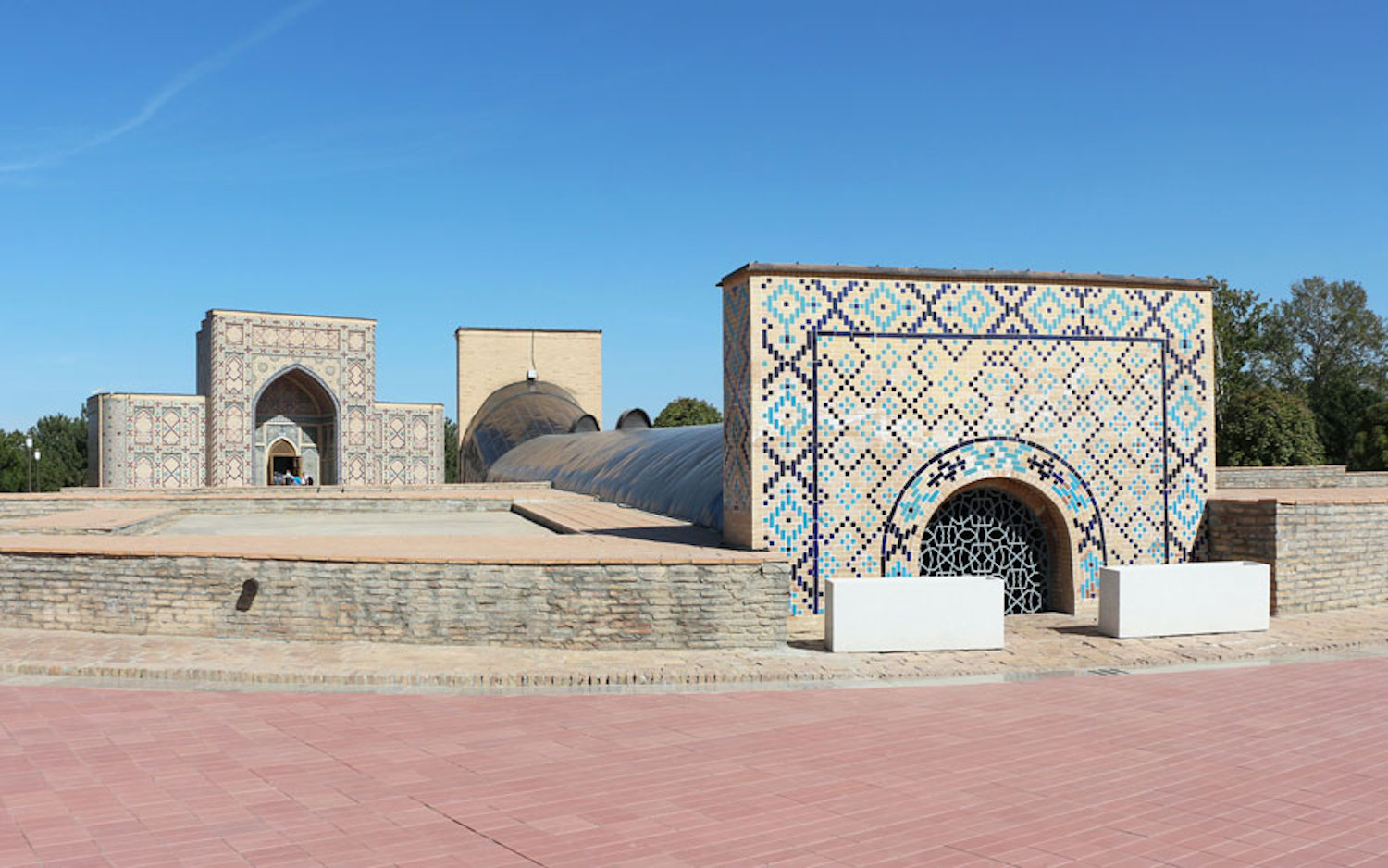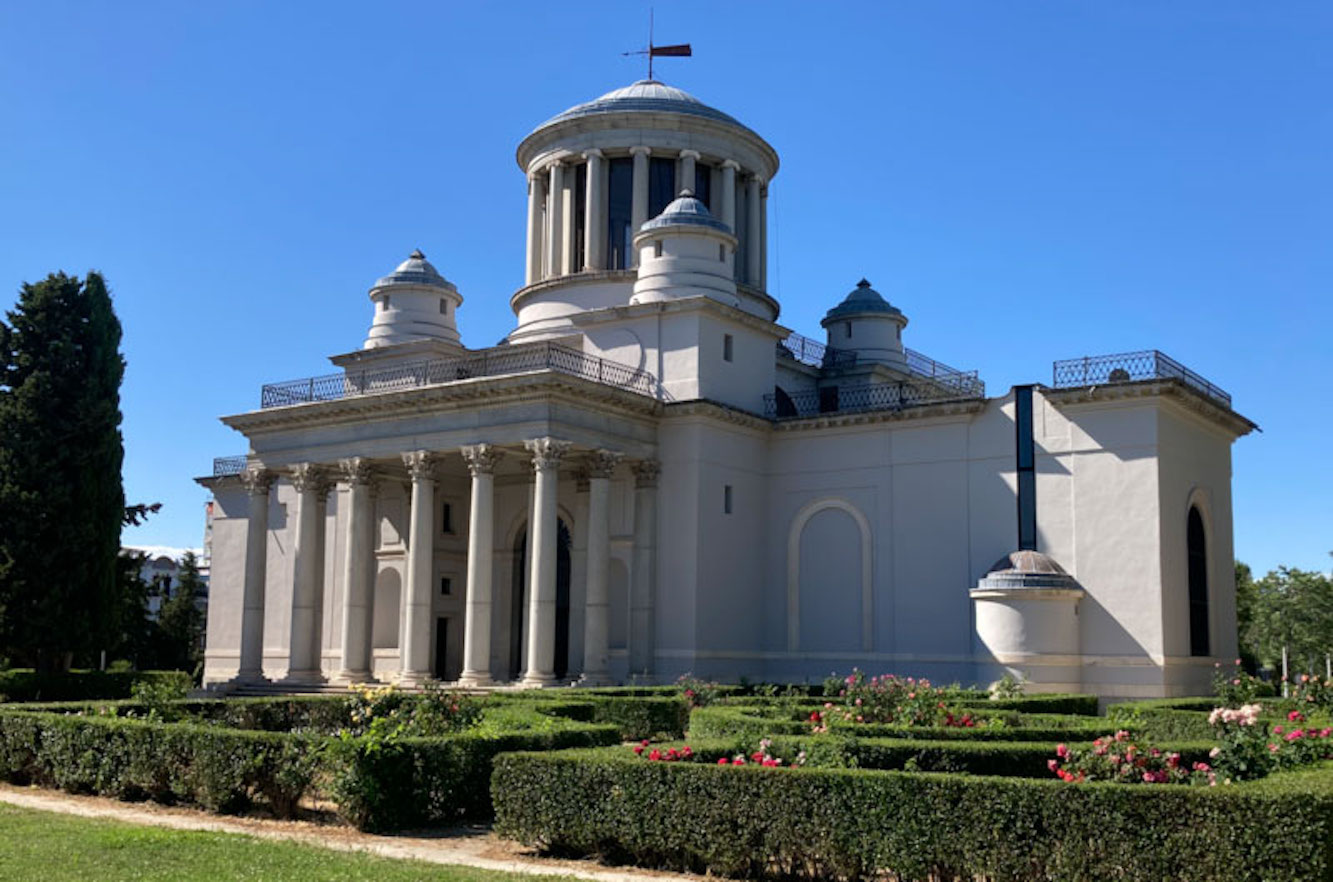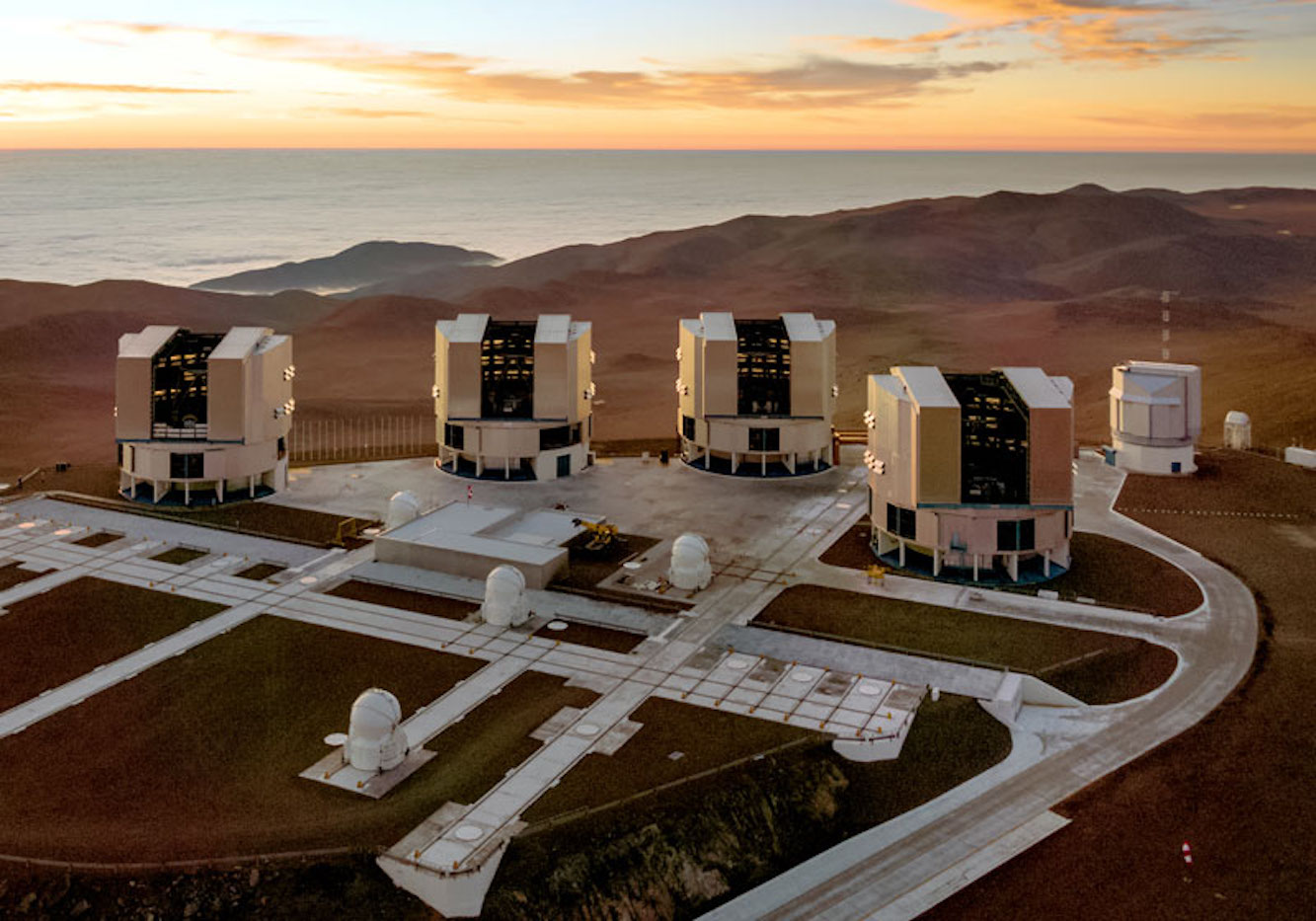Since the beginning of time, the sky has exerted a strong fascination on people. For millennia, we have been captivated by its magnetism, but we have also sought to unravel its mysteries. Technical innovations have made astronomical observatories the place to study the stars. In this article, we will take a journey through time and show you the most spectacular examples.
El Caracol. Chichen Itza, Mexico (906)
The first relationships with the cosmos were established by aligning structures with celestial bodies. Ancient civilizations such as Egypt, Babylon, China, Mesopotamia, and the Mayans used these early architectures to create calendars.
El Caracol in Chichen Itza, part of the Mayan culture, was built to serve political or religious activities and the study of the stars. Composed of three superimposed buildings, a spiral staircase in one of the towers gives this construction its name. It is believed that observations were made through openings at the top of the tower.

Ulugh Beg Observatory. Samarkand, Uzbekistan (1420)
After the fall of the Roman Empire, much astronomical knowledge was preserved thanks to Islamic culture. The Ulugh Beg Observatory was one of the most advanced, with a library and a residence for astronomers. Its dome was more than 50 meters high, and its underground chamber housed numerous instruments that allowed for precise measurements of stars and celestial bodies. Much of this building was destroyed in 1449, but the internal circular structure still remains. You can also see part of the 50-meter arc used to calculate time and the position of the stars.

Royal Observatory of Madrid. Spain (1799)
Designed by Juan de Villanueva and located in the Retiro gardens, this neoclassical-style building has a Greek cross floor plan, a portico with ten Corinthian columns, and a circular temple. Here, studies related to solar and stellar physics, geodesy, cartography, meteorology, and seismology were carried out. Although today the building is overshadowed by the park’s vegetation, its cultural and scientific importance should not be overlooked.

Very Large Telescope. Cerro Paranal, Chile (1998)
Like all contemporary observatories, the Very Large Telescope was erected in an area with clear nights and far from light pollution: the Atacama Desert. It is made up of four telescopes with barely perceptible differences. The unexpected architecture resembles an oasis in the middle of the desert, a spectacular intervention in the landscape very close to land art.
The typology of astronomical observatories has undergone a radical change since its inception. From complexes like Stonehenge to space satellites, technology has taken giant leaps. Even so, luckily, our wonder remains unperturbed in the face of a meteor shower.

If you want to know more about the architecture of astronomical observatories, don’t miss the report where we analyze each milestone in design.




